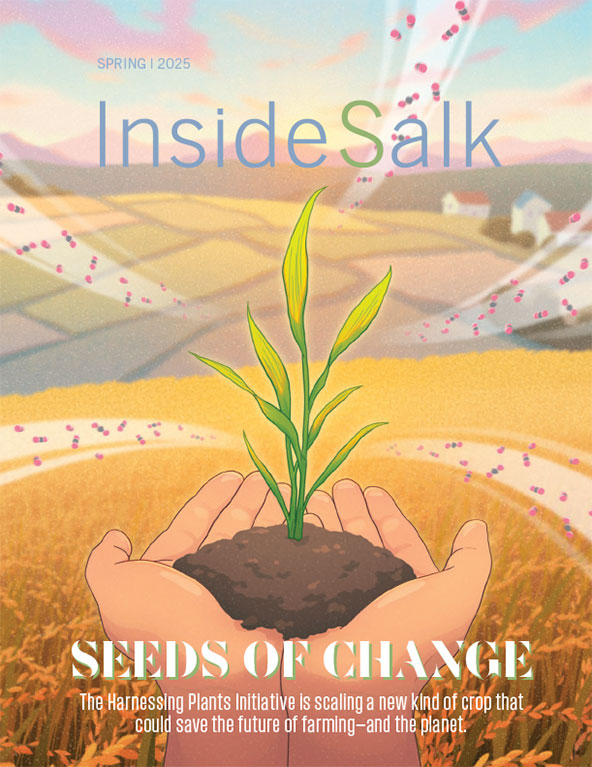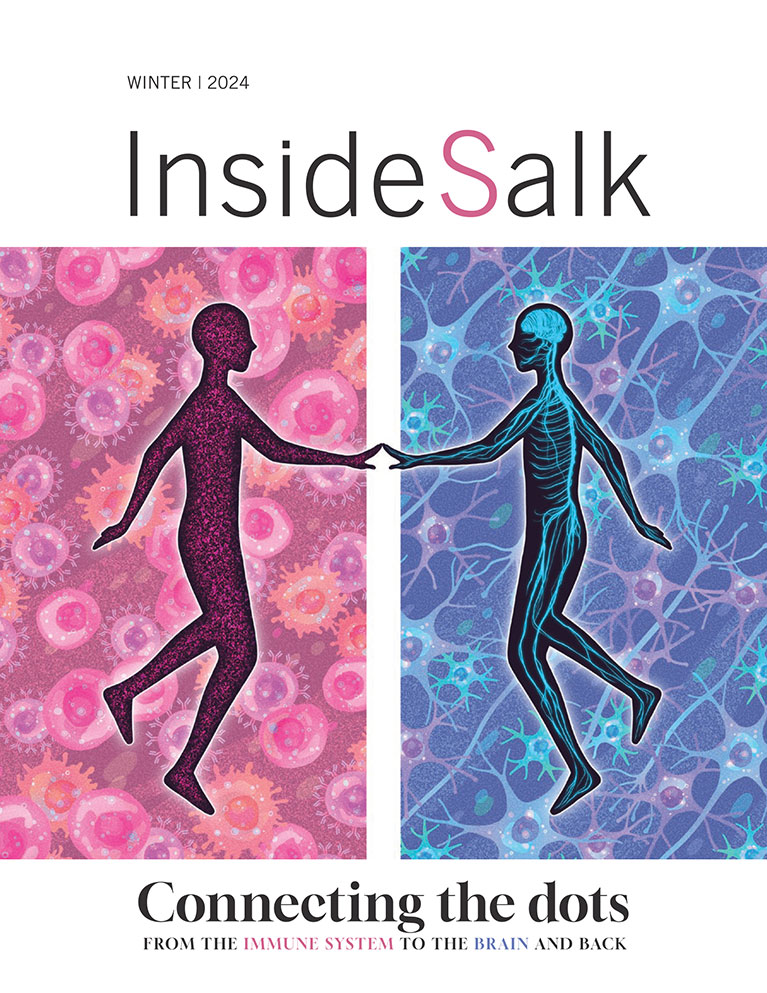INSIGHTS Nasun Hah Next gen sequencing
From bacteria to humans, every living organism has a unique genetic code in the form of DNA, a sequence of four letters that spell out instructions for the organism’s genes to follow. Using a technology called next-generation DNA sequencing, scientists can get a readout of those instructions, allowing them to answer important biological questions about gene function in health and disease.
Staff Scientist Nasun Hah can vividly remember using this technology for the first time, during graduate school, to examine gene expression. It was expensive and took more than a week to receive the results, but she was elated—and hooked. Hah is now the director of the Next Generation Sequencing (NGS) Core at Salk, where an entire genome containing over 20,000 protein-coding genes can be sequenced in a single day. “The amount of data and knowledge we can receive from sequencing technology is immense,” says Hah, then laughs. “And this technology keeps getting better and better, so I can never leave the field!”
Day-to-Day
Salk’s NGS Core houses state-of-the-art equipment to allow scientists to examine genetic codes. As the director of the NGS Core, Hah collaborates with everyone from plant biologists to neuroscientists to provide support and information about sequencing genes and entire genomes. On any given day, she may explain differences in techniques, provide hands-on training and review experimental design.
Path to Salk
Hah was studying the humanities in high school when she first read about the Human Genome Project, a $2.7 billion venture that represented the first complete catalog of the human genome, the DNA sequences that make up our 23 pairs of chromosomes. The project armed scientists with a genetic map that enabled them to start exploring related questions about topics such as the function of each gene. Blown away by the subtle biological differences that helped explain human complexity, Hah immediately signed up for her first biology class. “I was always so intimidated by science until I learned that it was logical and filled with patterns that I could decipher,” says Hah.
Hah studied biochemistry at Yonsei University, in South Korea, and later attended graduate school at Cornell University, where she examined how estrogen could directly and immediately alter gene expression, and how genetic errors could result in breast cancer. She also investigated transcription regulation, the process of creating an RNA copy from a DNA template, as well as nuclear receptors, which drew her to the work of Professor Ronald Evans at Salk. Evans’ lab discovered nuclear receptors, a large family of molecules that respond to various steroid hormones such as estrogen, which are now primary targets in the treatment of cancers, osteoporosis and asthma.
“Evans’ work came up a lot as I wrote my dissertation; he was my scientific hero,” says Hah. “So, by the time I was finishing my PhD, I knew I wanted to work with him.”
During her postdoctoral fellowship in Evans’ lab, Hah researched how potent anti-inflammatory drugs suppressed inflammatory messengers sent by genes. She was fascinated by a still unresolved scientific paradox: how can certain receptors activate some genes yet repress others? She also examined the role of gene expression in acute inflammation and used a variety of genomic approaches to dissect the inflammatory signaling.
Near the end of her fellowship, Hah decided she wanted to focus on cutting-edge, next-generation sequencing and took on the role of NGS Core director. Now, Hah’s main goal is to make the NGS Core accessible to the entire Salk community.
Leisure Time
Hah loves spending time outdoors and recently went skydiving for the first time. “It was amazing to jump from a plane and feel gravity pull me back towards the earth,” she says. “The sun was setting over the ocean, and it was just so beautiful. I was uncontrollably laughing with happiness the entire time.”
She also has a passion for orchids and last year trekked along the Inca Trail, in Peru, searching for exotic blooms. She counted nearly 25 different species during her trip, including the mountain-growing Brachtia andina, with its vibrant, long-lasting, yellow-orange flowers. She looks forward to exploring the renowned Orchid House at the San Diego Zoo in the near future.
Inspiration
“So much of biology is hard to prove. It’s complicated and intricate, yet it somehow comes together in the most sophisticated way,” says Hah. “Uncovering these connections is fascinating and reminds me of the importance of basic science.” Hah also finds inspiration in discussing ideas with other scientists; even casual conversations at Salk’s coffee cart can be a catalyst for an innovative research project.
Fun Fact
Although Hah is originally from South Korea, she has spent large portions of her life living in the Netherlands, Japan and the United States. Her father worked as an executive for an airline company, so his role required the family to relocate to countries with entirely different languages and cultures. Due to her diverse upbringing, Hah values being open-minded and enjoys working with people from all backgrounds.
Long View
Sequencing technologies have evolved over time, zooming in from the entire genome and homing in on other categories of information, such as variations of gene expression in each cell. “Sequencing technologies are improving all the time,” says Hah. “In the future, I think we will see a shift towards single-cell sequencing and capturing spatial information such as where genes are located in a given organ or tissue. This spatial information could aid scientists in defining detailed molecular maps for each cell type in diverse tissues. Genomic sequencing is going to get more complicated, but it’s also going to be more exciting.”
[ssba]
Support a legacy where cures begin.
Featured Stories
 Apart but togetherAs COVID-19 spreads across the world, organizations like the Salk Institute have mobilized to respond. In this feature article, read about how the Institute is adapting and continuing its groundbreaking science.
Apart but togetherAs COVID-19 spreads across the world, organizations like the Salk Institute have mobilized to respond. In this feature article, read about how the Institute is adapting and continuing its groundbreaking science.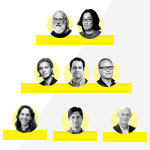 New COVID-19 research projectsIn addition to Salk’s ongoing research areas relevant to COVID-19, several new coronavirus-specific projects have recently launched. These innovative projects range from understanding the structure of the virus to mobilizing the body’s immune reaction.
New COVID-19 research projectsIn addition to Salk’s ongoing research areas relevant to COVID-19, several new coronavirus-specific projects have recently launched. These innovative projects range from understanding the structure of the virus to mobilizing the body’s immune reaction.
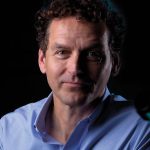 A conversation with Martin HetzerIn the last few months, Salk Vice President and Chief Science Officer Martin Hetzer spearheaded the Institute’s efforts to respond to the pandemic from both an administrative as well as a scientific perspective.
A conversation with Martin HetzerIn the last few months, Salk Vice President and Chief Science Officer Martin Hetzer spearheaded the Institute’s efforts to respond to the pandemic from both an administrative as well as a scientific perspective.
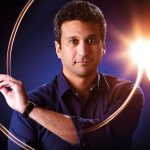 Eiman Azim – Decoding dexterityIn this Q&A, Assistant Professor Eiman Azim shares his thoughts on what’s next in neuroscience, how all scientists are philosophers and what he learned about movement from observing his newborn.
Eiman Azim – Decoding dexterityIn this Q&A, Assistant Professor Eiman Azim shares his thoughts on what’s next in neuroscience, how all scientists are philosophers and what he learned about movement from observing his newborn.
 Nasun Hah – Next gen sequencingAs the director of the Next Generation Sequencing Core, Staff Scientist Nasun Hah collaborates with everyone from plant biologists to neuroscientists to provide support and information about sequencing genes and entire genomes.
Nasun Hah – Next gen sequencingAs the director of the Next Generation Sequencing Core, Staff Scientist Nasun Hah collaborates with everyone from plant biologists to neuroscientists to provide support and information about sequencing genes and entire genomes. Update on initiatives to support diversity and BIPOCLearn about the Institute’s commitment to and actions around diversity and inclusion.
Update on initiatives to support diversity and BIPOCLearn about the Institute’s commitment to and actions around diversity and inclusion.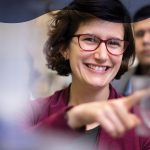 Molly MattyMolly Matty, a postdoctoral researcher in the lab of Associate Professor Shrek Chalasani, shares what worms can teach us about human behavior, why science outreach is so important and why she enjoys puns.
Molly MattyMolly Matty, a postdoctoral researcher in the lab of Associate Professor Shrek Chalasani, shares what worms can teach us about human behavior, why science outreach is so important and why she enjoys puns.
